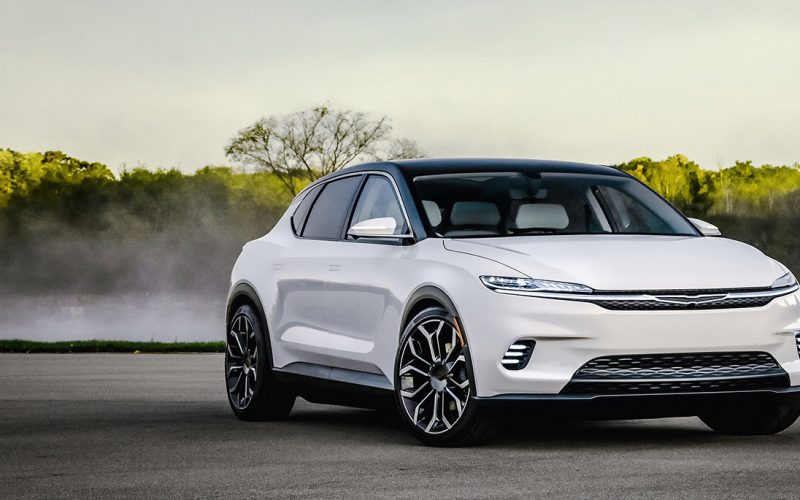
Reading Time: 8 minutesAfter the Italian-American conglomerate Fiat Chrysler Automobiles and France’s PSA Group morphed into Stellantis last year,
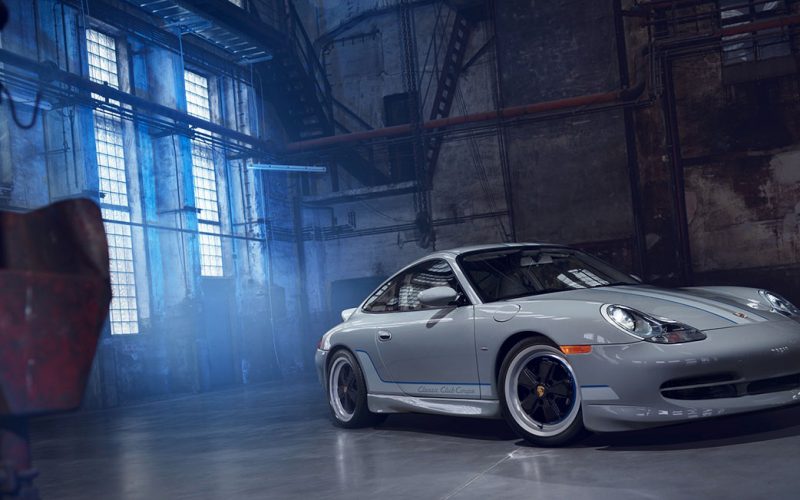
Reading Time: 4 minutesNot everyone’s favourite 911, but nevertheless the 1997 to 2006 996 is now the most affordable
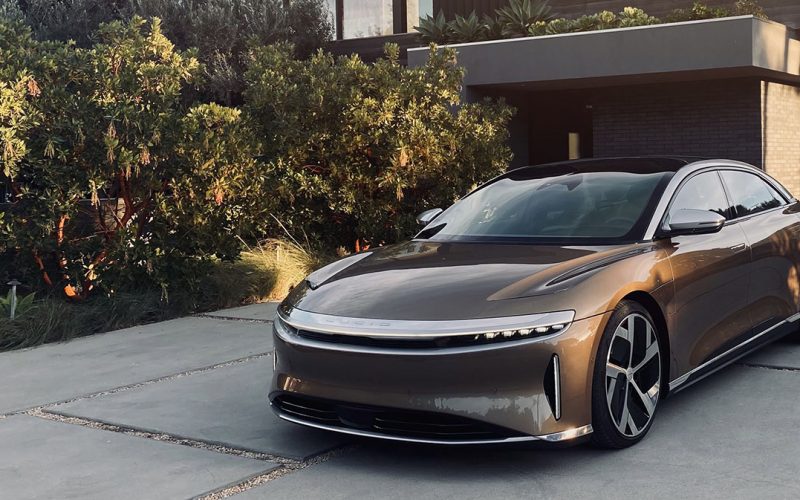
Reading Time: 6 minutesLucid? For most Canadians, the name Lucid won’t ring any bells, but those who keep a
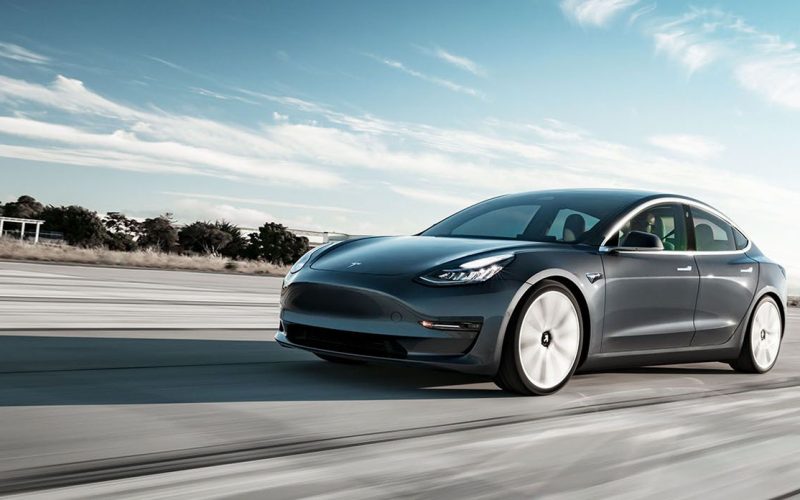
Reading Time: 6 minutesWith regular unleaded soaring over $2.00 per litre in some provinces, and expectations for even higher
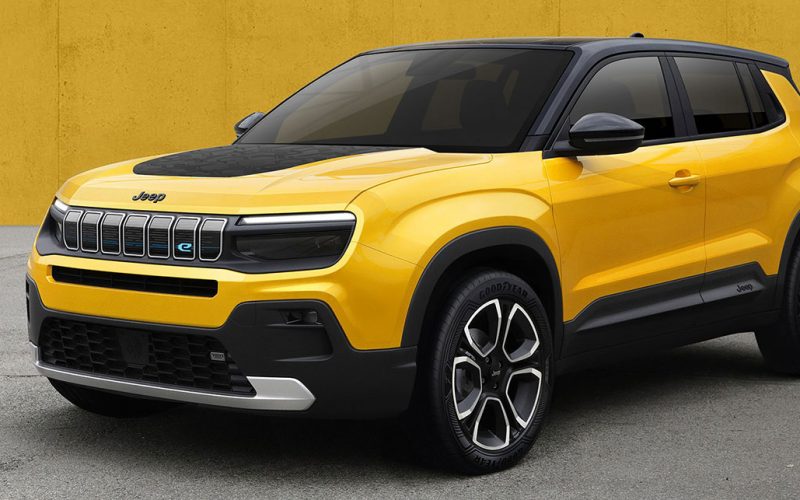
Reading Time: 5 minutesStellantis, the company most Canadians have never heard of, is planning to build 25 new electric
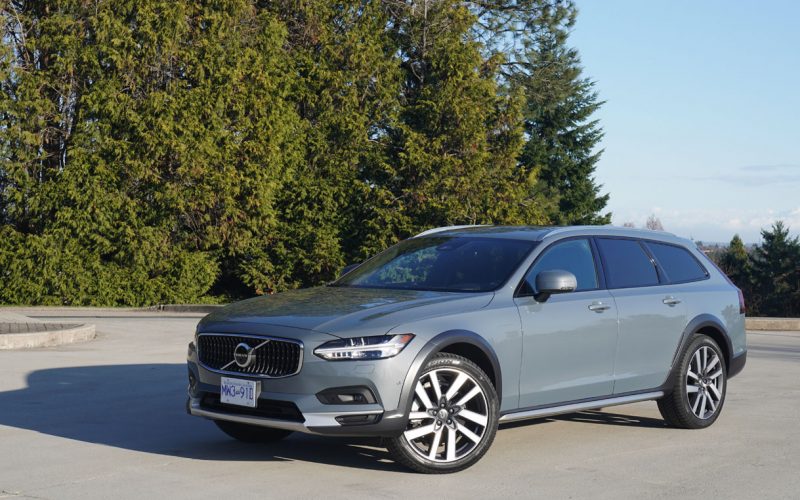
Reading Time: 13 minutesWhen growing up in the ‘60s and ‘70s, wagons were everywhere. We always had one in
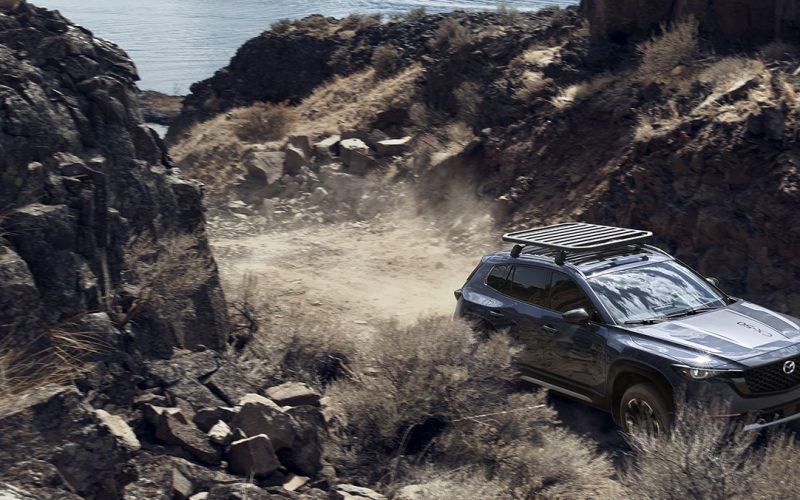
Reading Time: 5 minutesYou’ve mostly likely heard of the CX-5, Mazda’s popular compact crossover SUV, and maybe you’ve even
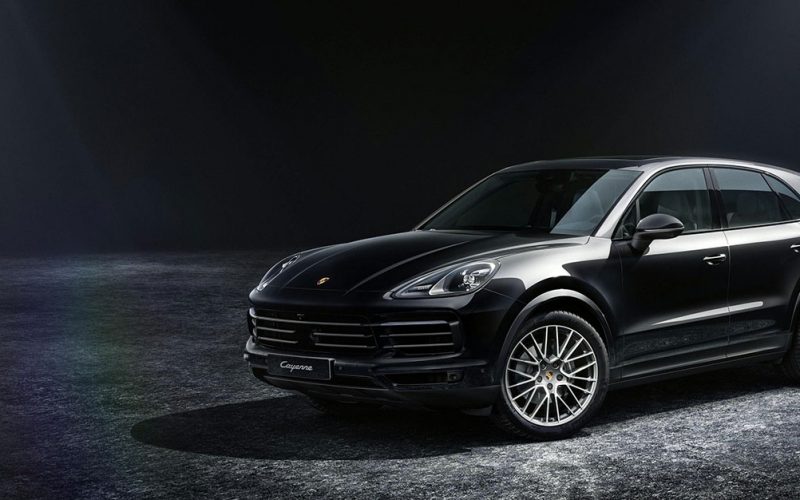
Reading Time: 3 minutesPorsche is bringing its Platinum Edition back to the Cayenne lineup for 2022, after three years
© 2025 The Car Magazine. All Rights Reserved, Privacy Policy | Terms of Use